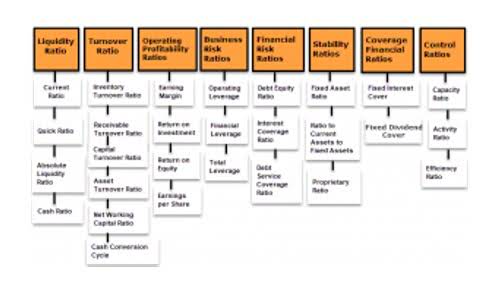
This strategy is also known by many names including a long hedge, input hedge, purchaser’s hedge, and purchasing hedge. Assume that in the first above-mentioned case, the price reaches $13, but the farmer did not take a futures contract. On the other hand, the situation could have been worse for him the third case, when he was selling at $7.50. In all three cases, the farmer is able to shield his desired sale price by using futures contracts. The actual crop produce is sold at available market rates, but the fluctuation in prices is eliminated by the futures contract. Strictly speaking, investment risk can never be completely eliminated, though its impact can be mitigated or passed on.
Conversations about hedging in this area involve companies getting a handle on their budget for fuel or natural gas costs through an extended period. Companies might choose to hedge around their budgeting period or develop a more disciplined strategy based on a strategic time frame. Sometimes, commodity hedging is jumpstarted not by a strategy in place but by a price swing. A dip in the market or a price shock for a commodity of interest might trigger a hedge.
Risks, Limitations, and Alternatives when Hedging with Futures
Hedging can involve a variety of strategies, but is most commonly done with options, futures, and other derivatives. Indeed, options are the most common investment that individual investors https://www.bookstime.com/ use to hedge. Note that the trading of options and futures requires the execution of a separate options/futures trading agreement and is subject to certain qualification requirements.
A hedge is therefore a trade that is made with the purpose of reducing the risk of adverse price movements in another asset. Normally, a hedge consists of taking the opposite position in a related security or in a derivative security based on the asset to be hedged. hedge inventory is extra inventory that is bought or maintained on hand as a safety net with the aim of lowering or minimizing risks related to future price volatility or maximizing their benefits. To protect against the uncertainty of agave prices, CTC can enter into a futures contract (or its less-regulated cousin, the forward contract). A futures contract is a type of hedging instrument that allows the company to buy the agave at a specific price at a set date in the future.
Hedging Strategies Using Futures
Good relationships can lead to favorable terms, quality assurance, and timely deliveries. This step involves determining the optimal level of safety stock to handle unexpected demand spikes or supply delays. It serves as a buffer to mitigate stockouts and maintain customer service levels. A strategic inventory ensures swift adaptation to market changes and trends. In the index space, moderate price declines are quite common and highly unpredictable.
The company could pass on an increase in commodity price to their customers. Obsolescence occurs when a business’s inventory is no longer usable or sellable. At that point, a company will often write the inventory off as a loss or liquidate it. Obsolete inventory is a concern for all businesses, but especially for businesses that stock inventory that expires, quickly goes out of style, or is sure to be replaced with a newer, better version regularly.
